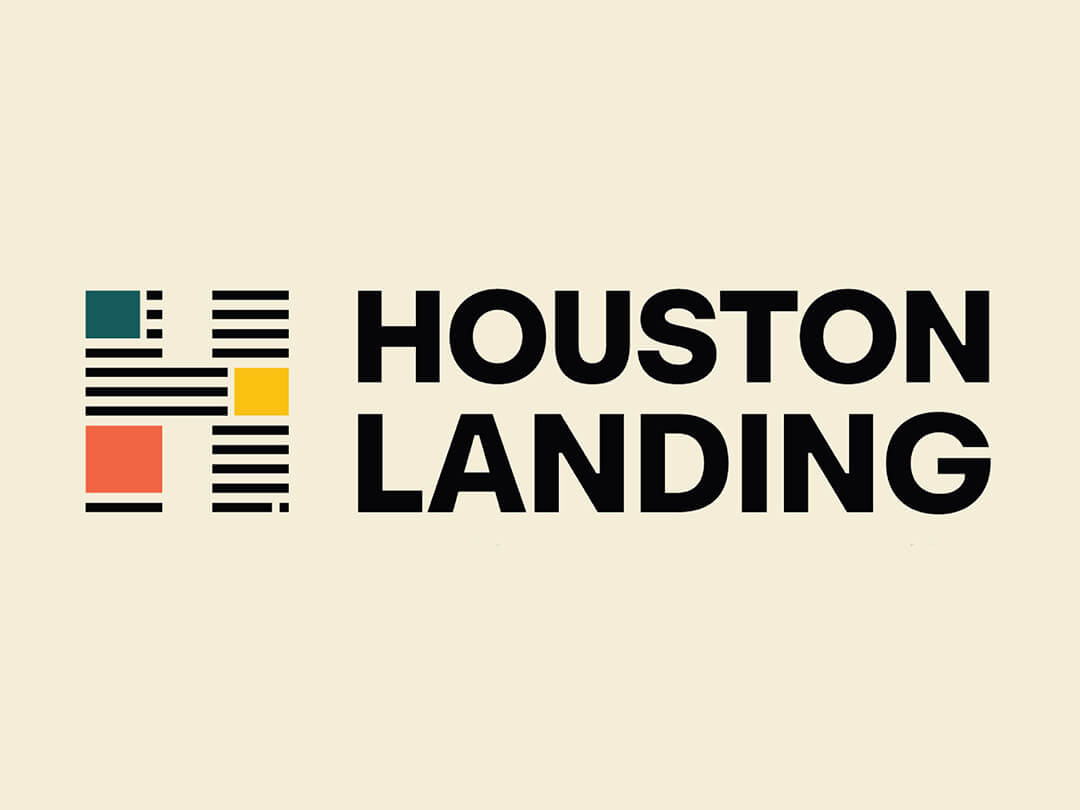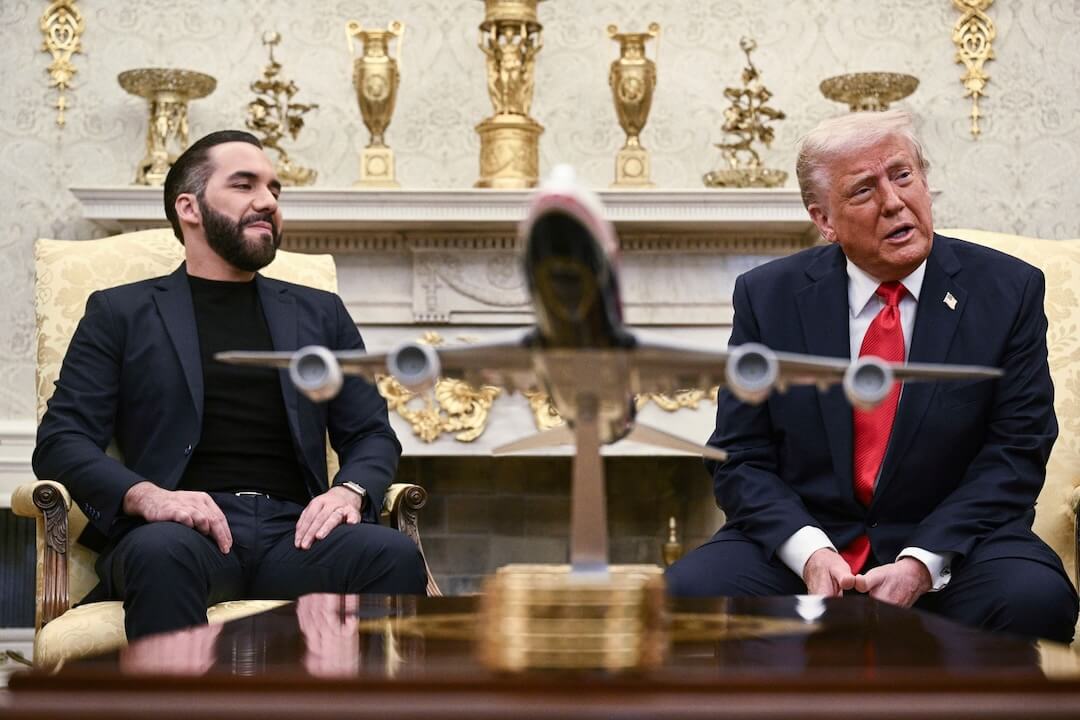Poynter and API teamed up again this week to take a deeper look at what’s working in local news. The Durango Herald took part in Poynter’s version of the Local News Innovation Program, also known as Table Stakes. As part of that process, they decided to apply for grants to help the 14-person newsroom (including four reporters and an intern) do ambitious work. Here, you can read how the Durango Herald broke out of its silos to cover an important topic, and over at Better News, learn how the Colorado newsroom applied specific lessons from Table Stakes for the project.
The Durango (Colorado) Herald wanted to apply for a reporting grant, but first it had to check in with the community, a required step in the process. That check-in helped reshape the direction of the project
For its grant application to the Solutions Journalism Network, the Herald had to convene with community stakeholders. Several local organizations that work with youth suicide prevention came to the newsroom. Some were hesitant be there at all because of the Herald’s past coverage, which many worried created a contagion effect.
The group was asked: What do you need that doesn’t exist?
“And what we were thinking (they would need) was totally different,” said Claudia Laws, audience development manager for Ballantine Communications, which owns the Herald.
Want more on the transformation of local news? Sign up for our weekly newsletter, Local Edition.
The youth suicide prevention community didn’t have one place to connect, and the efforts of the group felt fragmented. They needed a site to maintain and update information.
“Well, we do that every day,” Laws said.
[the_ad id=”667826″]
The project, “Creating Connections,” is a solutions-based youth suicide prevention project in print, online and audio that ran in partnership with local radio stations. The Herald also created a standalone resource website, which it operates and maintains, and took a thoughtful approach to commenting.
“It was really nice to kind of do the opposite of parachute journalism and say, ‘Hey, what do you need?’” Laws said. “‘Great. We can do that.’”

Screenshot, Durango Cares, Durango Herald
Before spending several months covering youth suicide, staff writer Mary Shinn did the same thing her colleagues did before they built Durango Cares — she checked in with someone dealing with the issue every day.
Shinn spoke with a grief counselor, who gave her strategies to talk with grieving parents in a way that wouldn’t retraumatize them.
For several years, the Herald’s approach in covering the crisis was to write about each death, which upset some in the community and organizations trying to raise awareness and prevention, who worried about contagion.
[the_ad id=”667878″]
With “Creating Connections,” Shinn set out to explore what was working in suicide prevention, both locally and outside the region. And she wasn’t alone.
Thanks to the $5,000 grant from the Solutions Journalism Network, Shinn worked with freelance broadcaster Sarah Flower. Flower works as the office manager at KDUR, Durango’s community college radio station.
The partnership brought new audiences and stories, Laws said, and it also helped the newsroom internally learn a different storytelling technique. It worked for a few important reasons, too.
While some organizations and groups, including the Southern Ute Tribe, didn’t have a good relationship with the Herald, they did have a relationship with Flower.
Related: Where can you find funding for that local journalism project? Here’s a quick guide.
She talked with tribe members about the bigger picture the project wanted to take on, and got them to not just be part of their coverage, but to air it. Five-minute stories from the series ran on KSUT, the area’s public radio station.
Shinn and Flower worked both together and separately, combining sources, interviews and techniques to tell their own stories in different but complementary ways. Essentials for Shinn, such as statistics and visualizations, didn’t work well for sound, so Flower focused more on the storytelling, Shinn said.
“She was the head,” Flower agreed, “and I was the heart.”
Durango Cares, the resource site the newsroom created, takes Laws about 10 minutes each month to maintain. Here’s part of the about page:
This website was inspired by stakeholders working in the health sector of La Plata County who identified that the county did not have a one-source stop to unite all groups that provide mental health services.
We aim to be a comprehensive resource for the community members of La Plata County who seek help for themselves and others.
Once a month, Laws checks in with the partner organizations and asks for their calendars. Every three months, she asks them to review their resources and make sure they’re up to date.
She also answers questions from other organizations about how they can join (they have to be based in Colorado).
Durango Cares is a resource, she said, but more importantly, it’s a way to show readers and stakeholders in the community that the newsroom cares about the community it covers. It didn’t drive pageviews, Laws said; it’s not news, but it’s done much more to build trust that she ever imagined.
You can see the same approach in the project’s commenting process. The newsroom considered not allowing comments at all, Laws said.
“We use Facebook commenting on our websites now, and, like many news websites, we attract a lot of folks who say very negative and abusive things. On a project with such a solutions base, and that covers a very difficult and sensitive topic, we did not want to create a platform that catered to trolls.”
Shinn found a solution herself from the Seattle Times’ “Under Our Skin” project that looked at race. That project included prompts for comments such as “This video (surprised, angered, inspired…) me because.”
The Times team spoke with the Herald’s team about the template, Laws said, and “the pause required of readers to select a precursor to their comment really elevated the commenting.”

Screenshot, Durango Herald
The final partnership with “Creating Connections” took place inside the newsroom. And for a small newsroom, it was essential.
Taking time out of regular reporting was possible because Shinn worked on the project during the summer, when the newsroom had interns and she got more slack.
Making a project like this work requires everyone in a newsroom’s leadership to be on board and thinking about the work and staffing that project requires.
“If you lose one person in a newsroom of four, and it’s more than just a day, you can get yourselves in a real jam,” Shinn said.
Making sure everyone was aware of the project and realistic about the resources required was key. And getting as many people involved as possible is, too. While Shinn did the heaviest lifting, nearly half of the 14-person staff took some role in the project, Laws said, including editing, photojournalism, design and web development.
“If everyone takes a piece, it’s not as big of a lift.”







